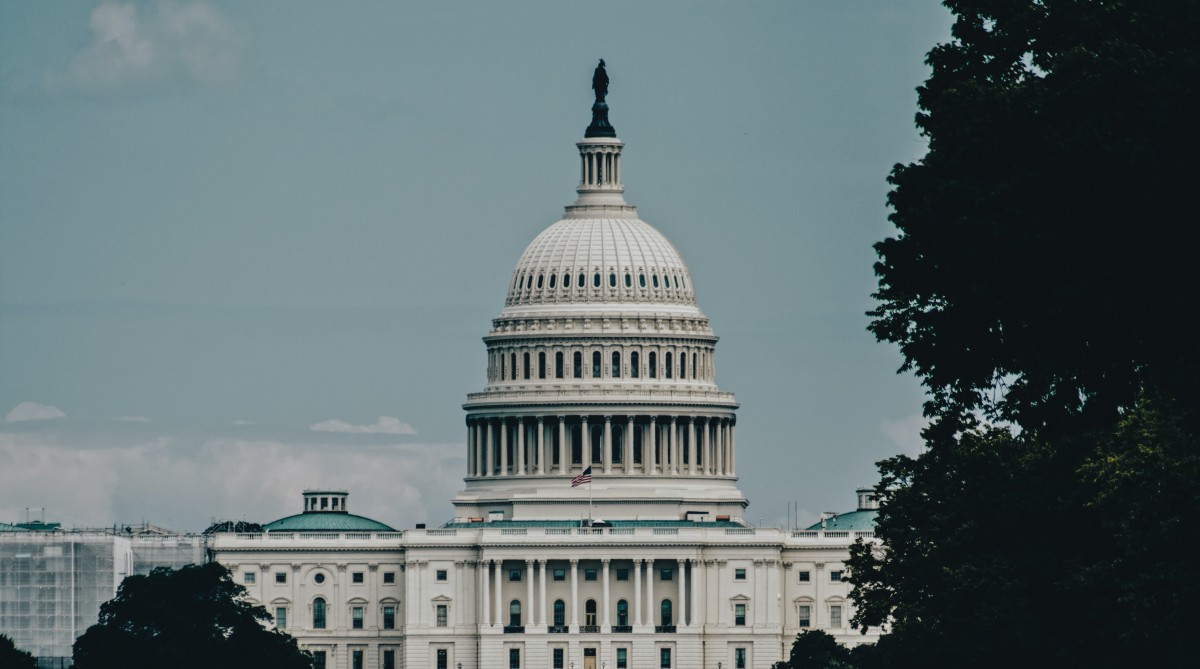One Leadership Lesson from the U.S. Inauguration

Dear friends,
I hope this finds you healthy, safe and well. Below (from my column in Psychology Today) is one leadership lesson I’ve gleaned from the days leading up to this week’s historic U.S. Inauguration, and three ways organizational leaders can implement it.
One Leadership Lesson from the U.S. Inauguration
The most important contributors to an event’s success are often the ones that happen even before the event begins.
Two weeks ago, on the evening of January 6, 2021, President Joe Biden gave a speech that helped calm a rattled American public. At the end of the speech, after he had turned to walk away and had almost disappeared offstage, a journalist called out, “Are you concerned about your inauguration, sir?”
Biden stopped in his tracks. He took a few measured steps back on stage, took a deep breath and said, “I am not concerned about my safety, security, or the inauguration. I am not concerned. The American people have to stand up. And stand up now. Enough is enough is enough.”
Biden was clear about his intentions and he communicated them to the world. This was just one action among myriad others taken by Biden himself, Vice President Harris, and many members of their teams that helped set yesterday’s U.S. inauguration up for success.
Preparation Success Factors
Clarity of intention is an important component of preparation. But there are others too. Some of the most successful leaders I know take the time to think in advance about their purposes and desired outcomes, particularly for high-stakes conversation. They identify questions to ask to understand what they’re missing. They clarify their points of view and think through their rationales. They know where they want the conversation to go, which increases their chances of guiding it there. They achieve optimal outcomes for themselves and others in the process.
But so often, this kind of preparation doesn’t take place in organizational life. We don’t come to meetings with clarity of purpose. We haven’t fleshed out our own points of view, or our reasoning. We haven’t considered what we might be missing or formulated thoughtful questions to ask others.
What Stops Us From Doing This?
One obvious reason we don’t sufficiently think ahead is that we jam our calendars so full, we simply don’t build in time to “think” before we “do.” We go, go, go and talk, talk, talk without thinking clearly first.
Also, while some people find it easy to use time alone to think clearly, others do better thinking aloud—in partnership with others as sounding boards. If that’s the case, it can be hard to take the extra step of asking other people for their help with our problems. Or even if we can prepare effectively alone, this still requires the discipline to avoid distraction from all the other issues calling for our attention.
Finally, time spent thinking might not look like pen in hand or fingers on keyboard or sitting like “The Thinker” statue, staring off into the distance. Thinking could outwardly look like running, taking a shower, cooking, swimming, folding laundry, or listening to music. We may feel guilty doing these activities when we should be “working.” We may overlook the purpose these activities serve as vehicles for our thinking, and cheat ourselves of this time for planning ahead.
Given these roadblocks to effective preparation, here are three ways to jumpstart your own ability to think ahead:
1. Choose a role model. Whether it’s President Biden’s clarity, your friend who gets her best ideas while running, or your colleague who takes 30 minutes each evening to plan the day ahead, find someone who prepares well, and take your cues from them.
2. Build in as much time for preparation as you do for execution. For example, if you’ve got an important 30-minute meeting booked on your calendar, try spending at least 30 minutes to prepare for that conversation. Then note down the outcomes: What were you able to achieve that you might not have otherwise?
3. Make time to clarify your purpose. Ask yourself, “What are my main purposes for this day/meeting/event? What kinds of relationships am I seeking to build? What impacts am I hoping to create?”
In organizational life, as in much of life in general, optimal outcomes typically don’t just happen. They are the result of a set of actions people take to set a situation up for success before it happens. What can you do today to set your next conversation up for success?
I’d love to hear how you’ll set your next conversation up for success. Let me know by leaving a comment below.
In freedom,
Jen
Subscribe to the newsletter and learn to achieve optimal outcomes.
When you sign up, you'll also receive a complimentary Optimal Outcomes Workbook.
"*" indicates required fields


